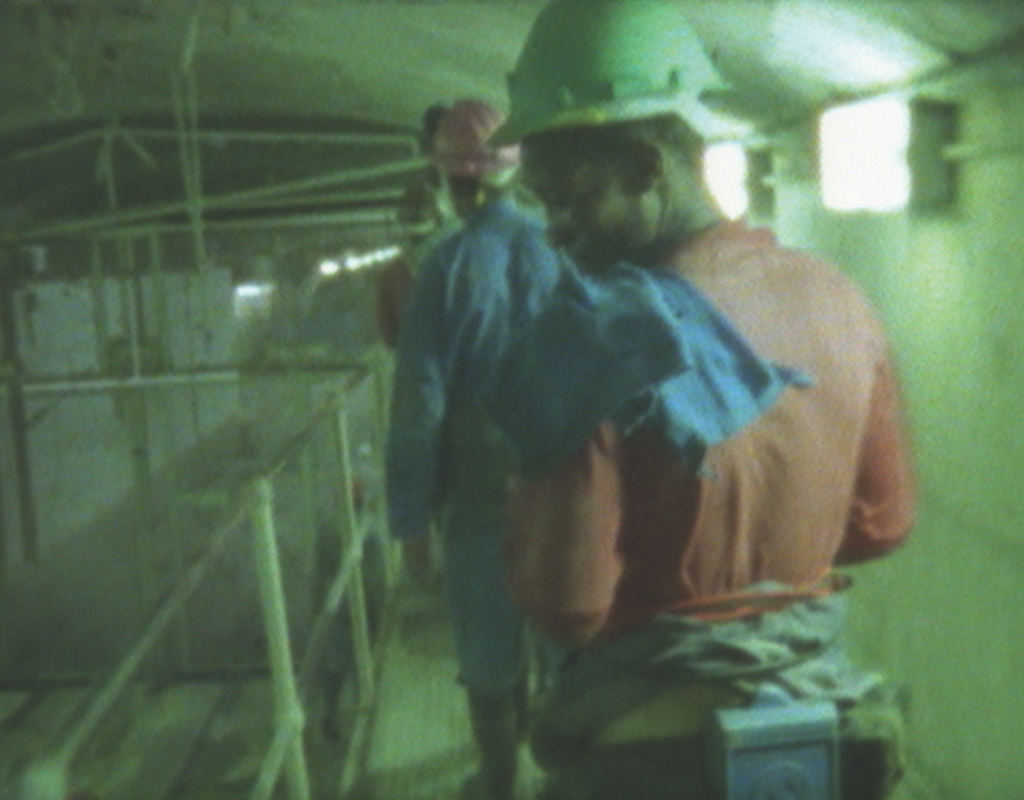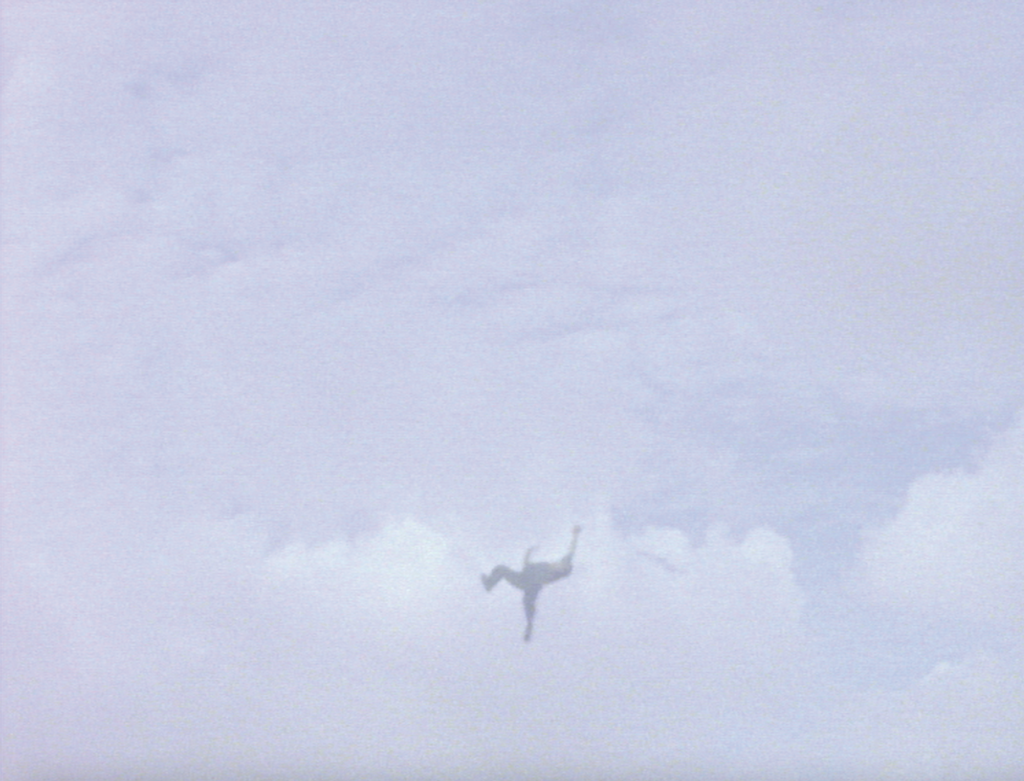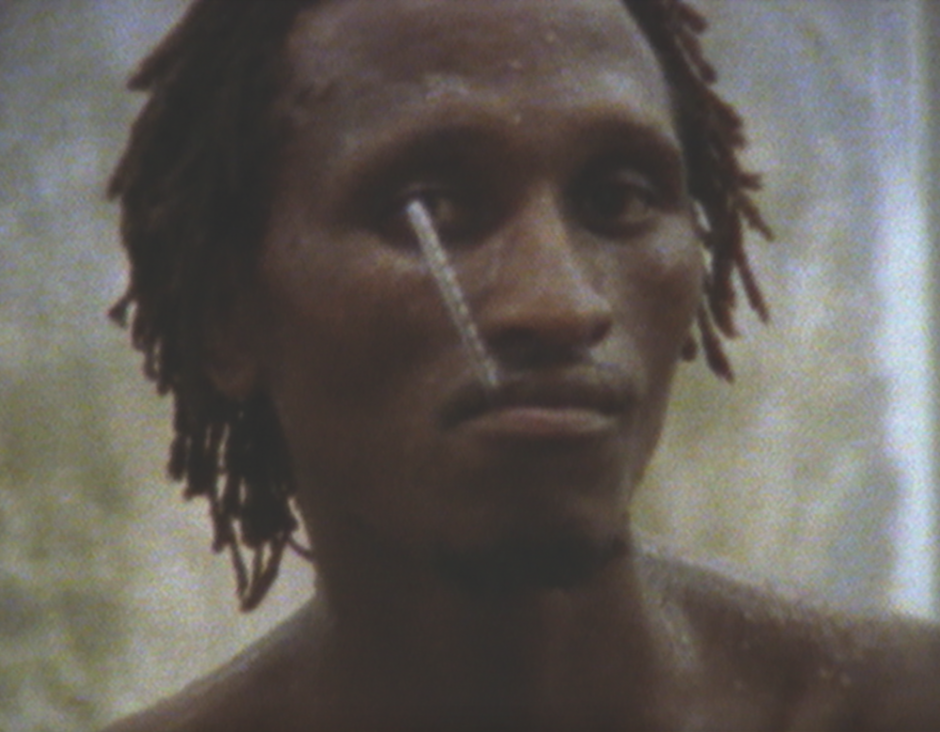Steve McQueen multisensory art
Today I saw a show that made me feel scared, real scared. Steve McQueen, the man whose ‘deadpan’ work beat Tracy Emin to the bedpost to win the 1999 Turner prize, is exhibiting two monumental film installations at the Mead Gallery, Warwick. McQueen is a big guy with a big vision. When McQueen shoots a film, he is painting with captured light. He assembles images through an honest and intuitive process, remaining true to the materials and subjects he brings to life. The raw elements of sound and vision are balanced together and sited within a space to present a multisensory art experience.
In Western Deep McQueen is initially exploring the concept of elevation, but digging deeper he unearths much more. Western Deep was conceived five years past, when McQueen’s research brought his attention to a South African gold mine. Darkness has the power to make us instinctively curious about our surroundings; perhaps it’s a survival thing. The entrance to the films is a long tight corridor space, winding endlessly into the distance. With the safety lights cut, I was dropped into pitch-blackness and feelings of fear and apprehension began to rise. Western Deep opens with a raw industrial charge, sound crashes all around and with a brutal energy, sparks fly from a steel cage as it plummets into the depths of the earth’s core. You experience the film in the first person. The viewer is propelled into the centre of the artwork and the work is not lost within the context of the art gallery. Something is not right, this is an alien world, a cruel stark reality. Stop the ride I want to get off. There is no safety net: claustrophobia and breathlessness ensue, and McQueen provides us with minimal protection for the journey to come. In the darkness I catch stolen glances of human skin maneuvering archaic hydraulic drills against the harsh workface of the mine. The same mechanical tools bring the men to the very bowels of hell. We are not alone but I hear no voices. Sound is abstracted, overdubbed and repeated. There is no oral communication, no chatter between workers. The emptiness of this base human characteristic amplifies the emotion into an intensely hyper real anthropological experience. The fragility of the men’s lives is presented in contrast to the raw surging energy of the naked machinery. Nature’s private domain has been soiled.
The second work, Caribs’ Leap has a slower pace, with room to breathe and reflect on the process, but it holds a darker feeling. Here McQueen revisits a historical tale recanted to him by his Grandmother, the story of how the Caribs people made one defiant suicidal leap to evade the entrapment and bondage of the French colonies when they invaded Grenada in1651. A two-screen projection work of epic proportions, Caribs’ Leap follows an endless cycle from dust till dawn, with slow drawn out falling sequences set against a landscape of changing cloud formations. This is brave new work for a brave new world. Enter at your own risk.

You now live in Amsterdam and have a growing international reputation but do you still identify yourself as a British artist?
I’m not anything else in the way I talk, the way I think.
Do you see yourself more as a filmmaker, an artist or as a combination?
I have only just got used to calling myself an artist and I get really embarrassed about it. When I was in art school, I was very uncomfortable being in art school and when I was in film school I was very uncomfortable being in film school. When I was in Goldsmiths I wanted to be in NYU, when I was in NYU I wanted to be back in Goldsmiths. It was one of those situations where I felt very uncomfortable in being one or the other.
Do you feel that there is a point of convergence in your work?
It’s like you are speaking two languages, you are saying the same thing but in different ways. It’s like a person that’s into poetry and one that’s into literature. One is more broken down, more compact and shorter in length. Its intensified, made abstract, yet closer to what we think we know and unconsciousness. The other is more literal in our consciousness, of which the unconscious leaks in now and then within the narrative structure. It’s one or the other and I like them both.

Can you tell me a little about Western Deep and Carib’s Leap?
Western Deep began around four or five years ago. I was researching in the library and I found this mine, named Western Deep, which really got into my head and from which I gained a deeper understanding of gold, as a commodity and the trading aspect too. So it started as a seed and it grew and grew into something else. Also with Caribs’ Leap, it was an old story that my grandmother told me about the Caribs people. Caribs’ Leap is an entrapment, it’s about a so-called paradise, where you are seeing freedom but in reality it’s not like that. It’s a little island in the Caribbean Sea, off the coast of Venezuela, that economically is not in good shape. It’s a strange situation, with the whole of the Caribbean, within a space of less than 300 years, it has been repopulated five times. First of all it was Arawaks, who were the native people, then the Caribs came from South America. The Caribs were the cannibals who killed the Arawaks and then ate them. The French came and killed all the Caribs, then in the hundred-year war the French gave up Grenada to the English. The English brought over African slaves, who intern took over after the English left. All within 300 years, it’s amazing. It’s such an interesting part of the world, the first time that the Northern Europeans, the Africans in the west and the South American Indians all populated the same neutral territory.
The Caribs leapt to their deaths in 1651, rather than submit to French rule. Was this action a result of the Caribs’ psyche, perhaps a spiritual rite as well as an act of independence?
I don’t know. I don’t want to make heroes of them, which to a certain extent I do. These were men, women and children. Obviously they didn’t do it everyday. It was a major act for them, to not be chastised or thrown into bondage.
Are there parallels with Grenada today?
It’s a situation of having absolute so-called freedom but you are surrounded by sea. You can’t actually get off, you have nothing to trade, no export. Import coming in and people buying up everything. You are lost, almost like a prison environment. The Caribs reflect what is going on now. It is rumoured that in 1982, there was a top secret CIA document stating that Grenada was more dangerous than Nicaragua or El Salvador. The reason being that 98 percent of Grenada’s population are African and speak English, and could communicate with over 40 million African Americans in America.
That’s one big conspiracy theory isn’t it?
At that time Grenada was the only black independent country in the world. Totally independent, it owned everything. There were no multinationals coming in. The fact of the matter is that they (Maurice Bishop, New Jewel Party, 12.03.1979) led a coup against the dictatorship of Sir Eric Gairy, which was seen as an act of revolution by America and treated with great suspicion.
What was your involvement with NASA and the Voyager space probe?
We did a project called Once Upon a Time at ARC (Musee d’Art Moderne de la Ville de Paris, 2003). In 1977 there was a space probe launched called Voyager 2, this had 116 images on one gold disk and 3 hours of sound on another. The idea being, if the probe bumped into extraterrestrial life, they could decode the information. The disks held information about our DNA, our anatomy and our achievements but there were no images of poverty, war or disease. It was not a true representation of us. It looked almost like a fairy tale. Voyager was the furthest man made object in outer space carrying this information that was intended to represent us. In Once Upon a Time we projected these images and for the audio we used glossolalia or speaking in tongues.
Like almost being in a trance like state?
When people start saying things that they don’t really understand themselves and people listening to them don’t understand them, like an oral outlet, an avalanche of words.
What advice would you give to young emergent artists?
Look at art. Don’t just read about it in the magazines. Go out and look, experience the work. If you’ve got some money go to Paris, Berlin and Amsterdam spend four or five months physically experiencing the art. Be honest in what you are doing, try to be as direct as you possibly can and take risks in what you do.
David Osbaldestin
(Images: Stills from Western Deep and Caribs’ Leap, courtesy S McQueen)
First appeared in Fused magazine issue 15







